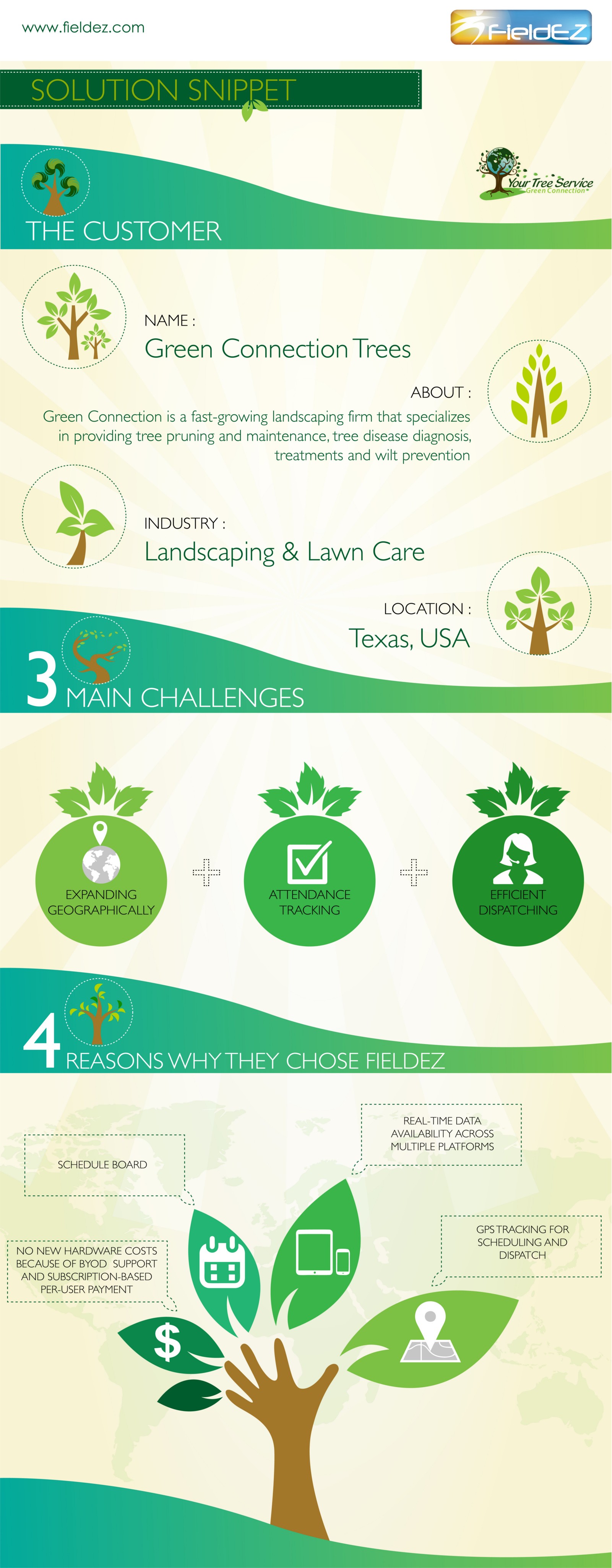Figuring Out The Correct Time For Tree Removal - A Guide For Homeowners
Figuring Out The Correct Time For Tree Removal - A Guide For Homeowners
Blog Article
Author-Wright Lucas
Trees add elegance and worth to building, however they can additionally pose a threat throughout extreme weather condition events. If a tree has stopped expanding, is showing visible fungal development, or has a leaning trunk, it must be gotten rid of by an expert to prevent home damages and injury.
To get more information, participate in a homeowner source reasonable co-hosted by HPD, the Facility for New York City Neighborhoods, and Brooklyn-based real estate partners this night in Bedford-Stuyvesant. The occasion will certainly feature the House owner Manual, a new overview to help house owners browse the duties of having a home.
1. Dead or Dying Branches
Trees are an important part of your home's landscape, supplying color and appeal. They additionally offer sanctuary for wild animals and produce oxygen, however also healthy and balanced trees can experience health problems that may require their elimination. Dead or dying trees aren't just unsightly, they can be harmful. Their branches might drop throughout a tornado, resulting in expensive building damages and injuries.
When a tree's branches start to pass away, it implies that its structure is beginning to break down. If the majority of its branches are dead, it is most likely time to remove it.
Search for an absence of brand-new development, bark peeling, open injuries or dental caries, fungi expanding on the trunk or origins and a general look of degeneration in the entire canopy. These indicators of infection can suggest a severe issue that will certainly call for specialist tree solutions to fix.
2. Leaning Trunk
While it's normal for trees to lean periodically due to phototropism, if a tree has an unsafe or extreme lean that's not because of natural processes - it could be a sign that the tree needs to be gotten rid of. If the tree is leaning toward a power line, home, lorry, play structure or any other location that could be dangerous to individuals if it falls, then contacting a specialist tree service for removal must be a top concern.
It's also important to look for any type of sudden changes in a tree's leaning as it can indicate damages to the roots or trunk that might bring about dropping. This is specifically real during thundercloud, because high winds and rain-soaked soil can trigger a lean to alter promptly. Regular monitoring, particularly during and after tornados can aid homeowners recognize possible troubles with their trees so they can call an arborist for a comprehensive examination.
3. Insect Problem
Some pest invasions, such as wood-boring bugs like emerald ash borer or sap-suckers like scale bugs, are so severe that they can cause a tree to pass away. The very best means to avoid pest infestation is to check your trees often. Try to find places, openings, or discolorations in the leaves and bark. https://www.wwltv.com/article/news/can-your-tree-make-it-through-a-strong-storm/289-3846b9d8-b93a-45dc-9591-c0b352992a86 for splits and indicators of insect damage, such as tunnels or tracks.
If a tree ends up being as well ravaged with parasites, or is close to a home or power lines, an arborist may recommend elimination. If a leaning tree creates a brand-new, unstable lean, an arborist will likely suggest removal as well to ensure the safety and security of people and building. If a weakened or dead tree continuously drops too much branches, it is a sign that it is time to eliminate the tree. If Link Website remains to lose branches for a prolonged time period, it can bring about architectural troubles and prospective building damages.
4. Harmed Trunk
Trees are a beautiful and vital part of our landscape, yet they do need regular like keep them healthy and balanced and risk-free. If a tree is damaged beyond repair it is likely time for it to come down.
Search for signs of damage to the trunk, consisting of upright fractures, seams, dead branch stubs, visible wounds or open tooth cavities and serious tree-rot. The presence of fungi at the base of the trunk is one more advising sign. Fungi might show that the phloem and xylem (life-support cells) are compromised, enabling the spread of condition or a future failing.
Also, take into consideration whether the tree has actually stopped growing. Healthy and balanced trees will certainly have brand-new development annually, which might be visible as buds or branches growing and extending. If you do not see any kind of brand-new development, it's a great concept to have an arborist assess the tree and follow their recommendation for removal. A dying or damaged tree can fall and cause property damage.